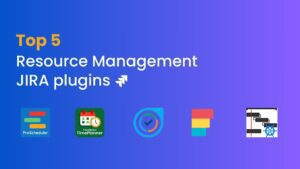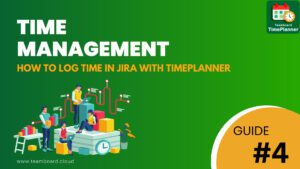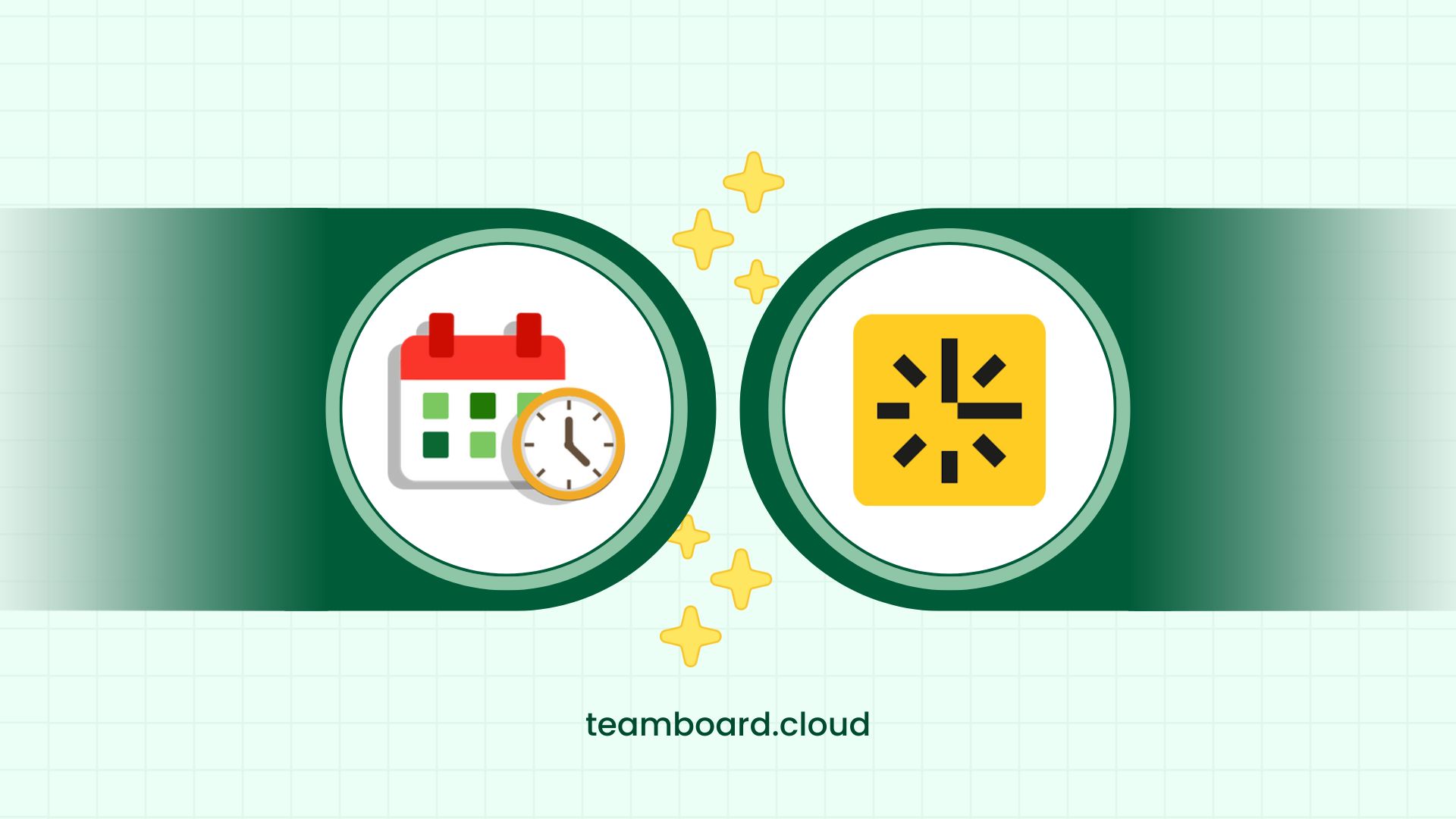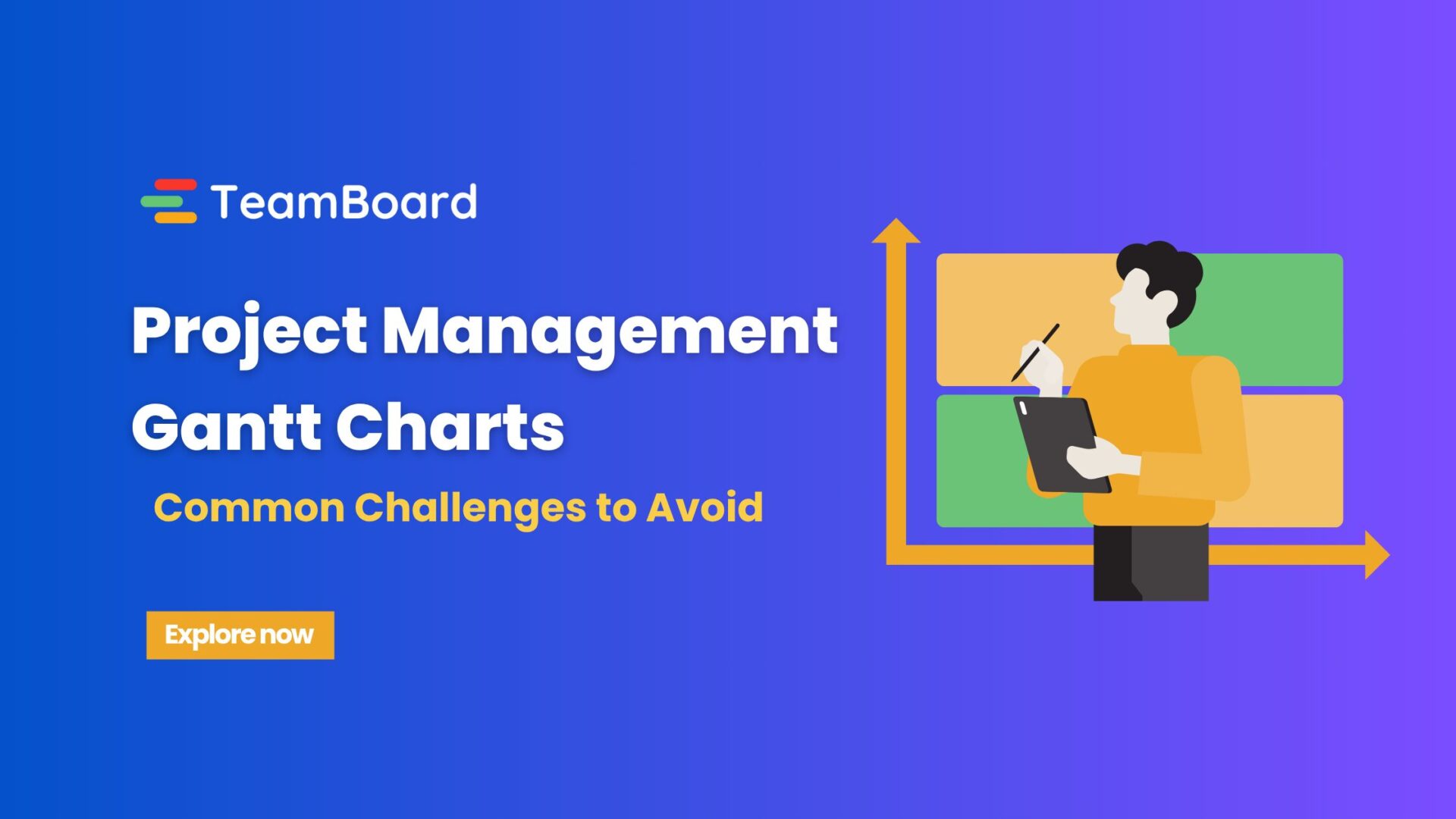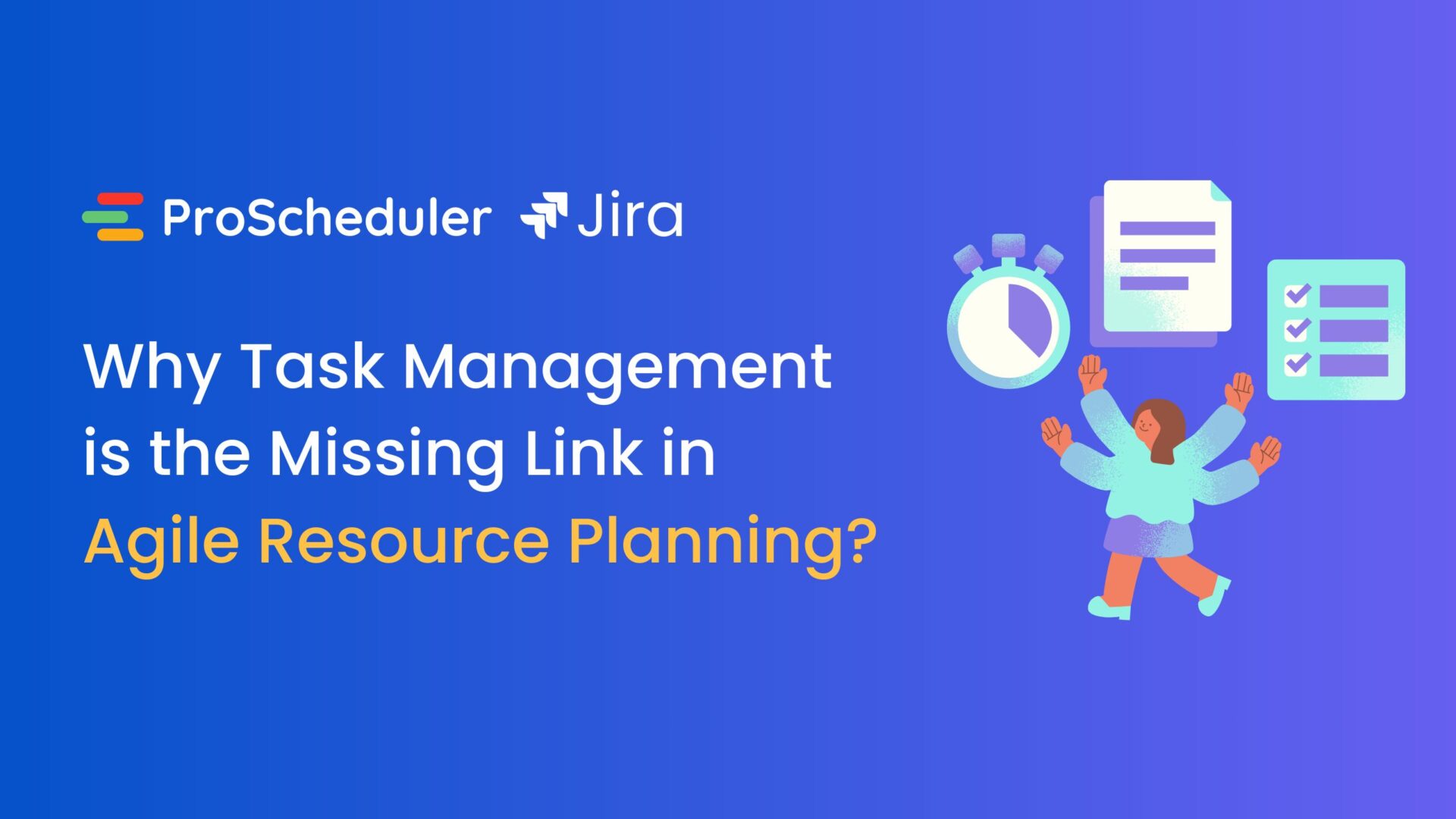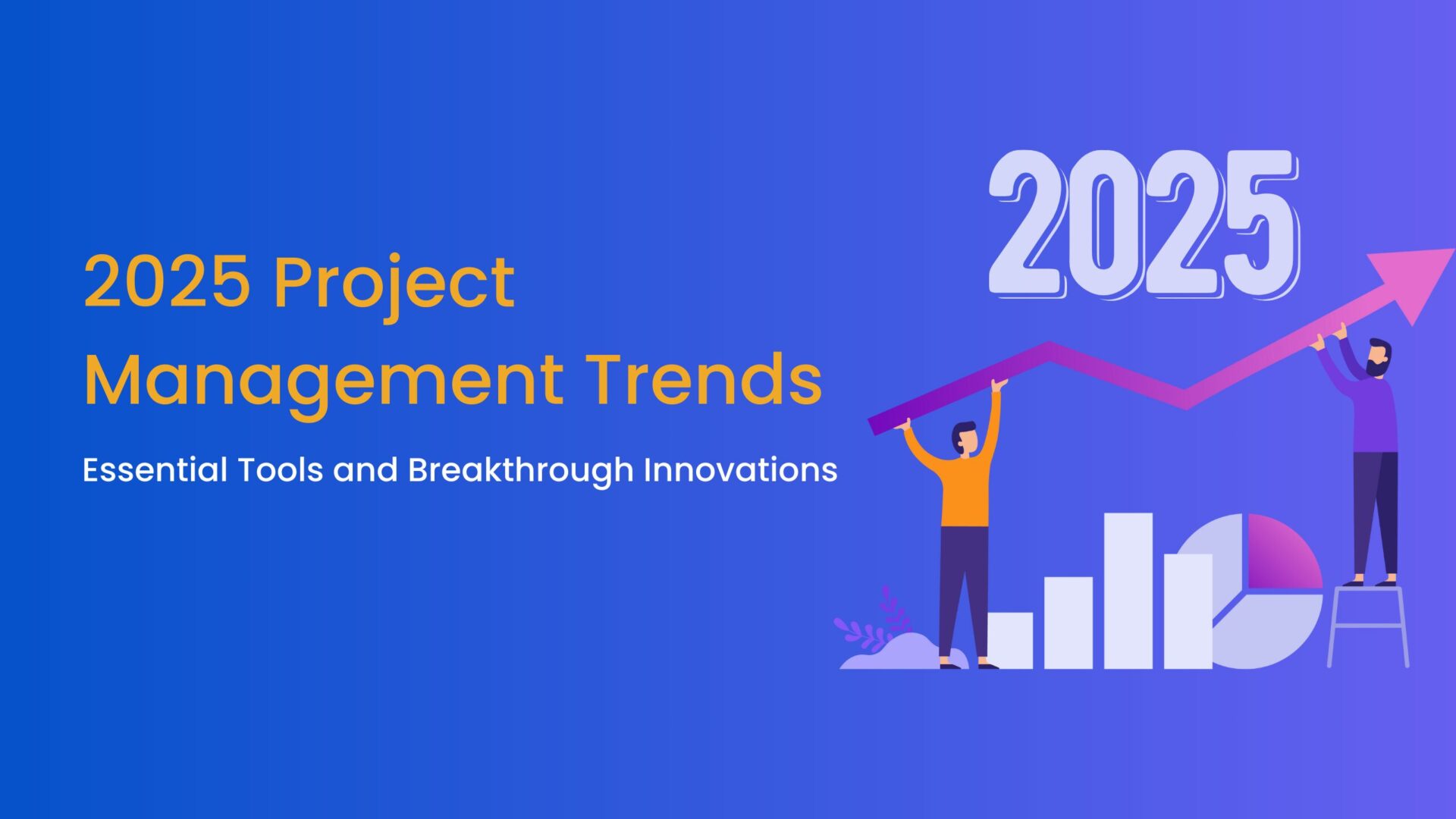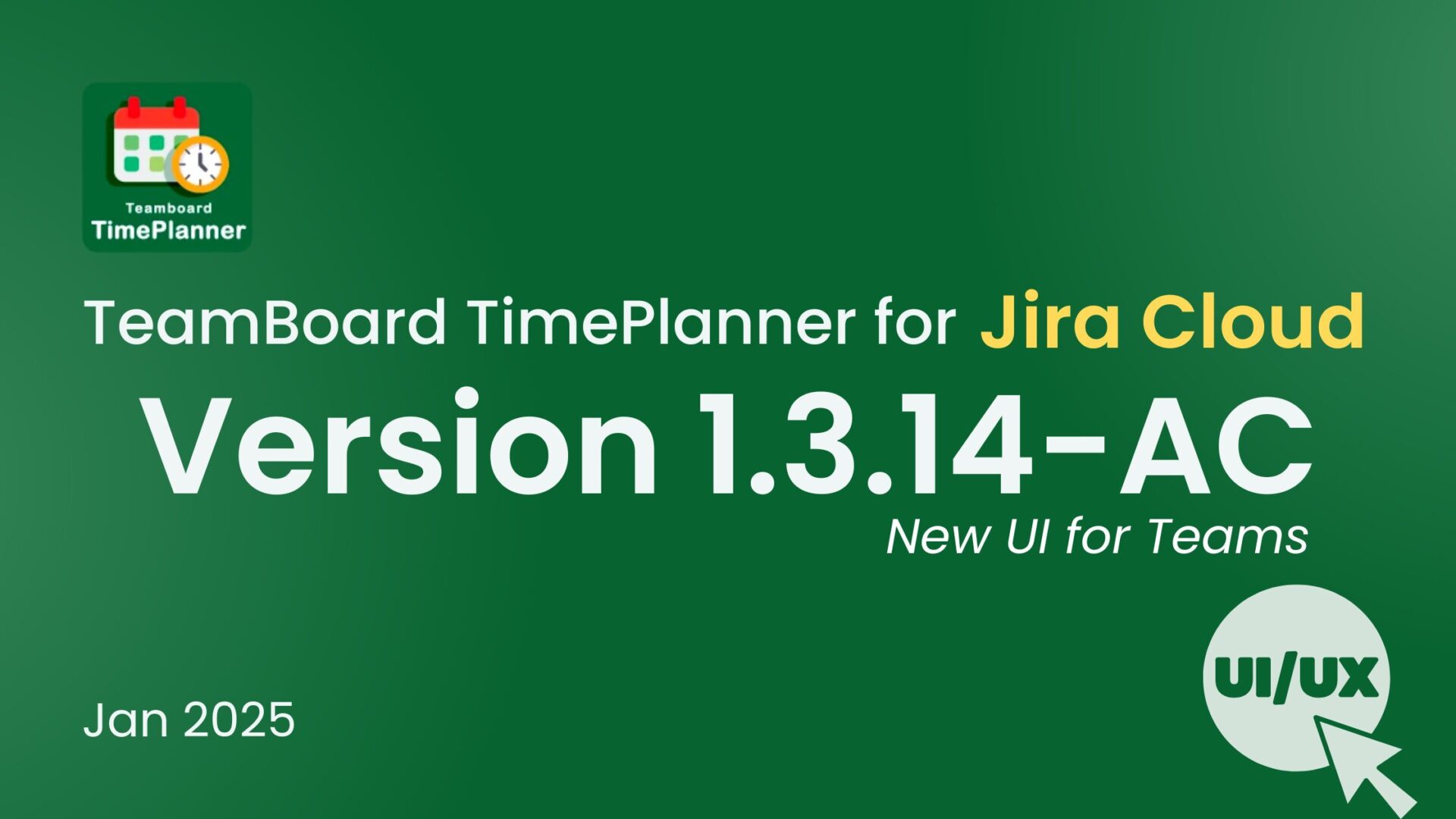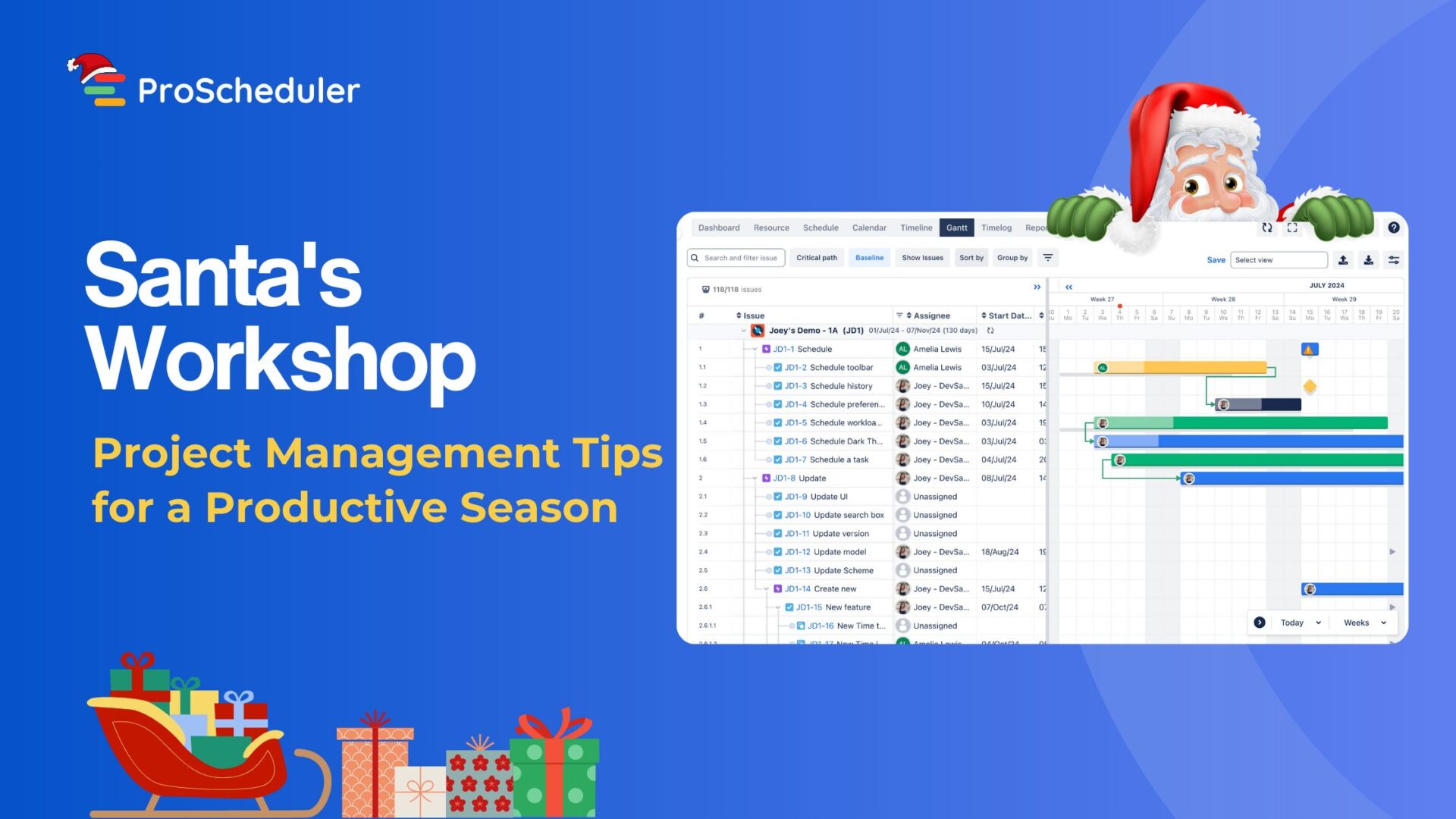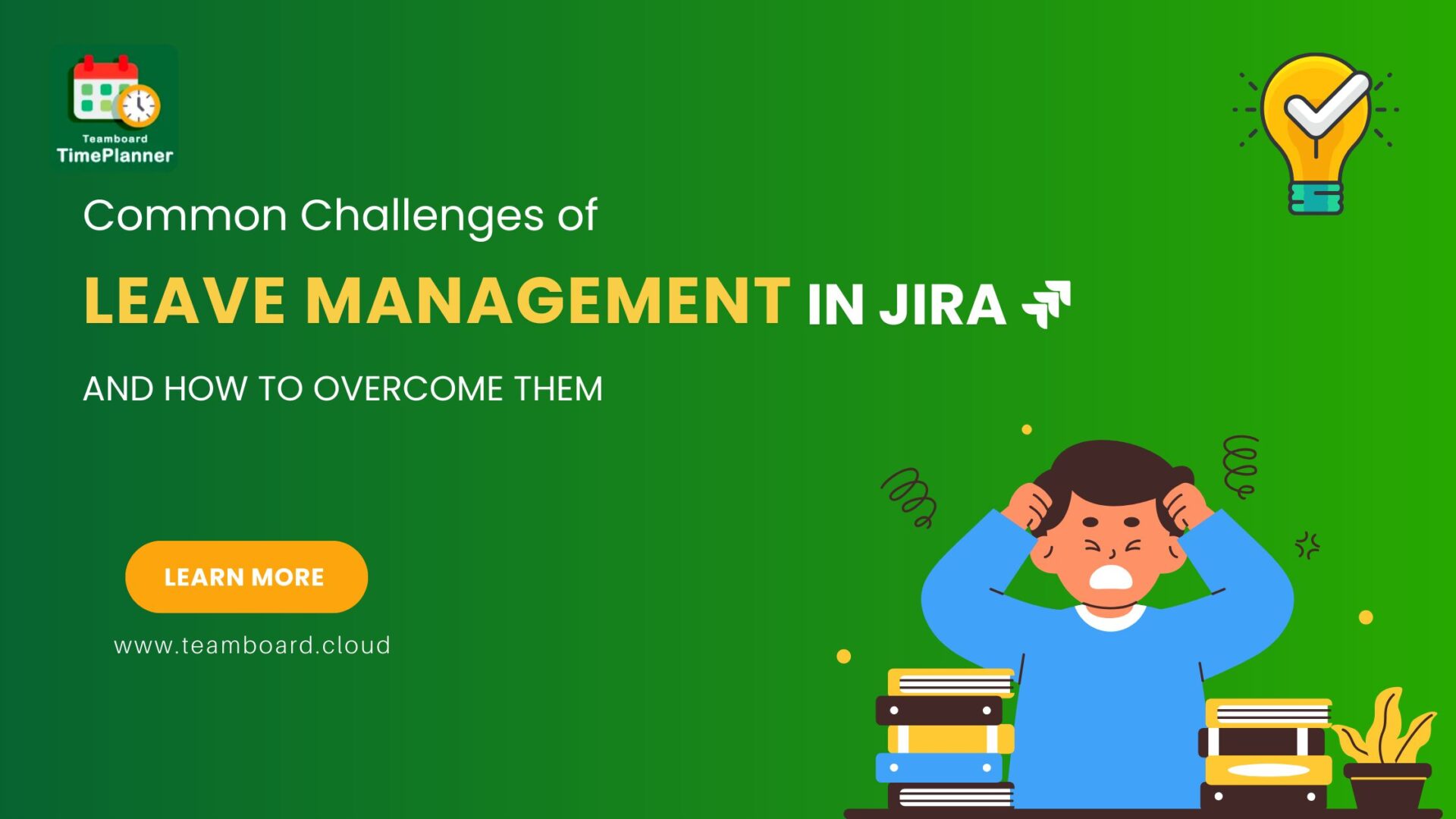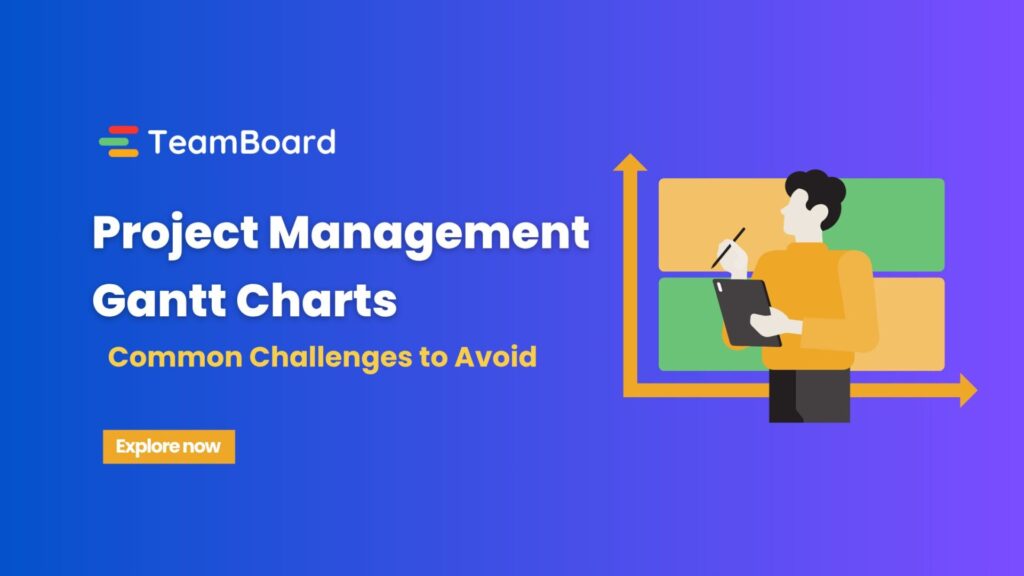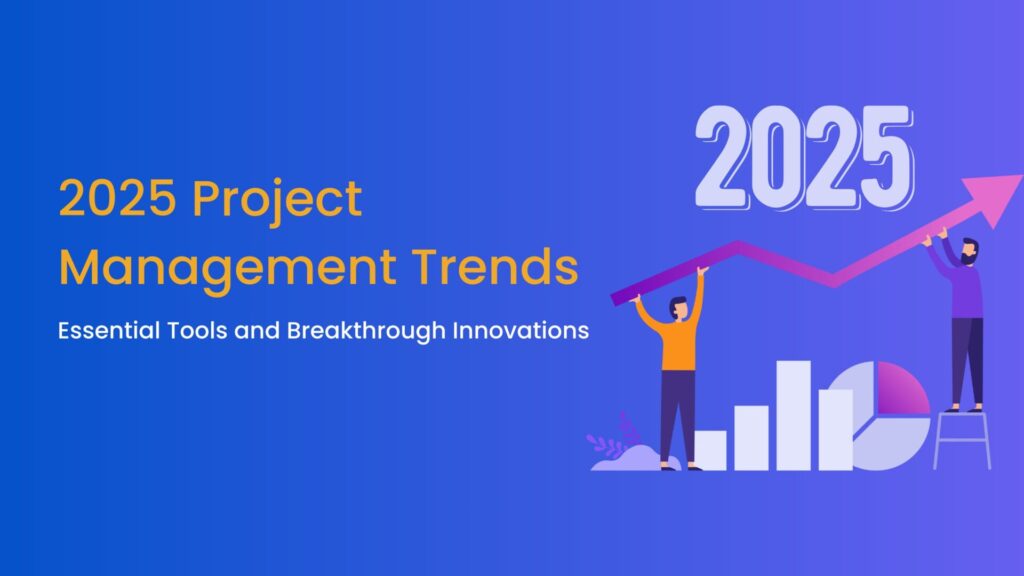What’s the key to project success? It’s choosing the right project management methodology—a blend of principles and practices for guiding projects to the finish line. Each methodology has its pros and cons, and finding the perfect match can make all the difference.
In this blog, we’ll explore popular project management methodologies in Jira, highlighting how they can be applied across different industries. Ready to discover which methodology will lead your projects to victory? Let’s get started.
10 Popular Project Management Frameworks in Jira
Jira has become synonymous with agile project management and beyond. It offers extensive capabilities to implement various project management methodologies, tailored to meet the needs of different projects and teams. Let’s explore ten popular project management frameworks that we can manage effectively within Jira
Learn about Project Management Using Gantt Charts in JIRA
1. Scrum
Scrum, a popular Agile framework, specifically helps teams work together efficiently to manage and complete complex projects. It emphasizes teamwork, accountability, and iterative progress towards a well-defined goal.
Scrum involves short cycles known as sprints, typically lasting two to four weeks, where a team works to complete a set amount of work. Key components include the product backlog, sprint planning, daily scrums (stand-ups), sprint reviews, and sprint retrospectives. Key roles include the Scrum Master, Product Owner, and Development Team.
Implementing Scrum in Jira
- Product Backlog Management: Use Jira to create and prioritize your product backlog. Issues in Jira can represent user stories, tasks, or improvements. The backlog can be easily organized using ranking and versions to ensure that the team is always working on the most valuable tasks first.
- Sprint Planning: Jira’s Scrum boards facilitate sprint planning by allowing teams to drag and drop issues from the backlog into the upcoming sprint. This visual approach helps in assessing the workload and ensuring that the team commits to a realistic set of tasks for the sprint.
- Daily Scrum: While Jira doesn’t replace the need for daily face-to-face communication, it supports the daily scrum by providing a clear, up-to-date view of what each team member is working on and any impediments they may be facing. The board’s “Active Sprints” view can be used to track progress and update statuses in real-time.
- Sprint Review: At the end of each sprint, teams can use Jira to demonstrate what they have completed. The “Active Sprints” view or Dashboard displays completed issues, enabling team reviews with stakeholders and feedback collection for the next sprint.
- Sprint Retrospective: While retrospectives are primarily discussion-based, Jira can assist in tracking improvements or action items identified during these meetings. Teams can create tasks or stories to address in future sprints, ensuring continuous improvement.
Advanced Scrum Features in Jira
- Custom Workflows: Tailor workflows to match your team’s Scrum process, from story creation to sprint completion.
- Reports and Analytics: Utilize Jira’s built-in reports (e.g., burndown charts, velocity charts) to analyze sprint progress, team velocity, and areas for improvement.
- Integrations: Leverage integrations with development tools (e.g., Bitbucket) for continuous integration and delivery, enhancing the Scrum framework’s effectiveness.
2. Kanban
Kanban is a highly visual project management framework that helps teams manage their work with an emphasis on continuous delivery, while not overburdening team members. Originating from manufacturing, it has been adapted to knowledge work and software development with great success.
The Kanban framework is built around the principles of visualizing work, limiting work in progress (WIP), managing flow, making process policies explicit, and continuously improving. The primary tool in Kanban is the Kanban board, which is divided into columns representing different stages of the work process, from “To Do” to “Done.”
Implementing Kanban in Jira
- Visualizing Work: Jira’s Kanban boards make it easy to visualize all ongoing tasks. Each task is represented as a card that can be moved from one column to another, providing a clear overview of the current work status and flow through the process.
- Limiting Work in Progress: Jira allows teams to set WIP limits for each column on the Kanban board. This feature helps prevent bottlenecks by ensuring that teams focus on completing current tasks before taking on new ones, thereby improving delivery times and reducing context switching.
- Managing Flow: Jira’s Cumulative Flow Diagram (CFD) offers insights into the stability and flow of work through the system. Teams can use this information to identify bottlenecks or uneven work distribution and make adjustments to improve flow and efficiency.
- Making Process Policies Explicit: Within Jira, teams can define and document their workflow rules, policies for moving tasks between columns, and definitions of done. This clarity helps ensure that everyone on the team understands the process and contributes to consistent workflow management.
- Continuous Improvement: Jira’s reporting features, such as control charts and flow diagrams, provide valuable data for analyzing the team’s performance and identifying areas for improvement. Regular reviews of these metrics can drive the continuous improvement process, encouraging teams to adapt their workflows for better efficiency.
Advanced Kanban Features in Jira
- Customization: Jira’s Kanban boards are highly customizable, allowing teams to tailor the board layout, card colors (based on queries like priority), and more to fit their unique processes.
- Automation: Jira supports automation rules that can streamline workflow management, such as automatically assigning tasks, updating statuses, or sending notifications based on specific triggers.
- Integration: Leveraging integrations with other tools and platforms, teams can enhance their Kanban system with features like time tracking, enhanced reporting, and more, directly within Jira.
Learn more about What is the difference between Kanban and Scrum with Jira Guru
3. Lean
Lean project management is centered around the principle of maximizing customer value while minimizing waste. This approach focuses on delivering quality products or services faster and more efficiently by streamlining processes, reducing unnecessary tasks, and optimizing resource allocation.
Lean project management originates from Lean manufacturing principles, emphasizing efficiency, continuous improvement, and respect for people. Key aspects include identifying value from the customer’s perspective, mapping value streams to understand and streamline processes, creating flow by eliminating bottlenecks, establishing pull-based systems, and seeking perfection through continuous improvement.
Implementing Lean in Jira
- Value Identification: Use Jira to define and prioritize tasks based on customer value. This can be done through custom fields or labels that highlight the value each task brings to the customer, ensuring that the team focuses on high-value activities.
- Value Stream Mapping: Jira can visualize the process flow of tasks from inception to delivery through its board and workflow configurations. This visualization helps identify steps in the process that do not add value (waste) and can be streamlined or eliminated.
- Creating Flow: Optimize workflows within Jira by removing bottlenecks and ensuring tasks move smoothly from one stage to the next. This may involve adjusting WIP limits, automating transitions, or reconfiguring the workflow to reduce delays.
- Establishing Pull Systems: Implement pull systems in Jira by allowing team members to pull tasks as they are ready to work on them, rather than having tasks pushed onto them. This can be managed through Jira’s Kanban boards, where only tasks that are truly ready for the next phase become available, ensuring work is pulled based on current capacity.
- Continuous Improvement (Kaizen): Jira’s reporting and analytics tools, such as control charts and cumulative flow diagrams, provide insights into team performance and process efficiency. These tools can help identify areas for improvement, and teams can then use Jira to track the implementation of improvement measures.
- Waste Reduction: Identify and eliminate waste in your process by using Jira to track and analyze types of work and time spent on tasks. This can help in identifying non-value-adding activities such as excessive meetings, rework, or waiting times.
Advanced Lean Features in Jira
- Automation: Use Jira’s automation features to streamline repetitive tasks, such as notifications for blockers or automated transitions, reducing manual effort and focusing on value-adding activities.
- Custom Reports and Dashboards: Create custom reports and dashboards in Jira to monitor key performance indicators related to Lean principles, such as lead time, cycle time, and throughput, helping to continuously refine processes.
4. Agile
Agile is a project management and software development approach that emphasizes flexibility, customer collaboration, and rapid delivery of value through iterative work cycles known as sprints. It’s a broad category that encompasses several methodologies, including Scrum and Kanban, among others.
Implementing Agile in Jira
- Iterative Development: Jira supports iterative development through the use of sprints in Scrum boards or continuous flow in Kanban boards. Teams can plan work in short cycles or iterations, allowing for frequent reassessment and adaptation of plans based on feedback and changing requirements.
- Team Collaboration: Jira fosters collaboration among team members by providing shared boards, real-time updates, and communication features. This ensures that all team members are aligned on project goals and progress, enhancing teamwork and efficiency.
- Customer Feedback: Agile methodologies prioritize customer feedback to ensure the final product meets user needs. Jira facilitates this by integrating with feedback tools and allowing for the creation of issues or tasks based on customer input, which can then be prioritized and incorporated into the development cycles.
- Continuous Improvement: Jira’s reporting features, such as burndown charts, velocity charts, and cumulative flow diagrams, help teams analyze their performance over iterations. This data is crucial for identifying areas for improvement and implementing changes to enhance productivity and product quality.
Agile Project Management with Jira
- Project Planning and Tracking: Jira’s Agile boards (Scrum or Kanban) offer a visual way to plan, track, and manage all tasks and activities. Teams can easily create user stories, tasks, and bugs, then prioritize them in a backlog and move them through the workflow stages on the board.
- Sprints: For teams using Scrum, Jira allows for detailed sprint planning. Teams can estimate work, set sprint goals, and track progress in real-time, adjusting as needed to meet objectives.
- Flexibility and Customization: Jira provides numerous customization options to adapt the tool to specific Agile processes. This includes custom workflows, issue types, fields, and more, ensuring that Jira can fit the unique needs of any Agile team.
- Integrations: Jira’s extensive marketplace offers plugins and integrations with other tools, enhancing its capabilities for Agile project management. This includes integrations for continuous integration/continuous delivery (CI/CD), communication, and documentation tools.
Try Project Portfolio Management in Jira with ProScheduler
5. Scaled Agile Framework (SAFe)
The Scaled Agile Framework (SAFe) is an Agile software development framework designed to provide a guide for large organizations to scale agile and lean practices beyond single teams. SAFe combines Lean and Agile principles within a templated framework, facilitating coordination, alignment, and delivery across multiple agile teams.
SAFe is structured around four primary levels: Team, Program, Large Solution, and Portfolio. Each level addresses specific aspects of the organizational scale, from individual agile teams to the overall strategic direction of an entire portfolio.
- Team Level: Agile teams work in sprints to deliver value incrementally.
- Program Level: Multiple teams coordinate on a larger scale, typically through Agile Release Trains (ARTs), to deliver significant system increments.
- Large Solution Level: For enterprises that need to coordinate multiple ARTs to deliver even larger and more complex solutions.
- Portfolio Level: This focuses on aligning agile program execution to the enterprise’s strategic themes and investment priorities.
Implementing SAFe in Jira
- Team Level Configuration: Use Scrum or Kanban boards to manage team-level activities, with backlogs and sprints for Scrum teams. Customize workflows to reflect SAFe’s quality practices and integration points.
- Program Level Configuration: Utilize Jira’s Advanced Roadmaps feature to visualize and plan program increments (PIs), facilitating the coordination of work across multiple teams. This allows for the tracking of features and capabilities and ensures alignment with the program’s objectives.
- Large Solution Configuration: For managing the Large Solution level, Advanced Roadmaps can be extended to coordinate multiple ARTs and Solution Trains. This involves tracking larger solution capabilities and enablers, ensuring dependencies are managed, and objectives are aligned across ARTs.
- Portfolio Level Configuration: At the portfolio level, Jira can be used to align agile initiatives with business strategy. By leveraging Jira’s portfolio management capabilities, organizations can prioritize features, epics, and capabilities based on strategic themes, budget considerations, and market needs. Reporting dashboards can be customized to provide insights into progress, financials, and outcomes.
- SAFe Metrics and Reporting: Utilize Jira’s reporting capabilities to track progress at all levels of the framework. This includes team velocity, program increment progress, and portfolio performance metrics. Custom dashboards can provide real-time visibility into the health and status of all SAFe dimensions.
Benefits of SAFe in Jira
- Scalability: Jira’s flexibility allows for SAFe to be adapted to organizations of any size, facilitating agile practices at scale.
- Visibility: Comprehensive overviews at the team, program, and portfolio levels ensure that all stakeholders have visibility into the progress and performance of initiatives.
- Alignment: By structuring work according to SAFe’s levels within Jira, organizations can ensure strategic alignment from top-level portfolio priorities down to individual team tasks.
6. Extreme Programming (XP)
Extreme Programming (XP) is an Agile software development framework that emphasizes customer satisfaction, flexible planning, continuous feedback, and high-quality code. It aims to improve software quality and responsiveness to changing customer requirements through frequent releases in short development cycles, which enhances productivity and introduces checkpoints where new customer requirements can be adopted.
Implementing XP in Jira
To leverage XP practices within Jira, teams need to adapt Jira’s features to support XP’s iterative, collaborative, and quality-focused approach:
- Pair Programming: While Jira doesn’t directly support pair programming, teams can create custom fields or use labels to track which tasks were completed using pair programming, facilitating visibility and accountability.
- Test-Driven Development (TDD): Jira can be used to manage and track the lifecycle of tests. Integrations with test management tools allow for the creation, execution, and tracking of tests directly linked to development tasks, supporting TDD practices.
- Continuous Integration (CI): Through integrations with CI tools like Jenkins, Bamboo, or CircleCI, Jira can track the build status of commits. This ensures that the team is immediately aware of integration success or failure, supporting rapid feedback and resolution.
- Refactoring: Tasks for refactoring can be created and prioritized in the backlog, ensuring that technical debt is managed and addressed regularly. Custom workflows can enforce code review processes before refactoring tasks are marked as complete.
- Simple Design: Use Epics and Stories to focus development efforts on current customer requirements. This helps in maintaining a simple and clear focus on what needs to be developed, avoiding over-engineering.
Benefits of XP in Jira
Implementing XP within Jira allows teams to maintain high standards of code quality and adaptability. Jira’s tools adapt well to XP’s dynamic needs, ensuring transparency, accountability, and improvement. Integrating Jira with CI/CD and testing tools streamlines workflows, boosting technical quality and customer happiness
7. Waterfall
The Waterfall methodology progresses through phases like design and testing, ideal for projects with clear, stable requirements. Characterized by structure, Waterfall moves sequentially from conception to maintenance, fitting projects with defined objectives
Implementing Waterfall in Jira
To use Waterfall in Jira, create a workflow mirroring its phases, with clear criteria for each step’s progression. This involves creating a workflow that reflects the linear progression of tasks from one phase to the next, with clear entry and exit criteria for each phase.
- Project Setup: Create a new project in Jira to represent your Waterfall project. Choose a project template that is closest to a traditional task management setup, such as the “Classic Project” with a basic workflow.
- Customize Workflow: Modify the workflow to include stages that correspond to the Waterfall phases (e.g., Requirements, Design, Implementation, Verification, Maintenance). Ensure that the workflow enforces the progression of tasks through these stages in a sequential manner.
- Issue Types and Documentation: Utilize different issue types to represent the various artifacts that will be produced and reviewed at each phase (e.g., Requirement, Design Document, Test Case). Attach relevant documentation directly to these issues to maintain a central repository of project information.
- Task Management: Break down each phase into specific tasks and create corresponding issues in Jira. Assign tasks to team members and set deadlines to ensure accountability and track progress.
- Milestones and Gates: Use Jira’s “Epic” or “Version” features to define key milestones or phase gates. These serve as checkpoints to review progress, confirm completion of prerequisites, and make go/no-go decisions before proceeding to the next phase.
- Reporting and Tracking: Leverage Jira’s reporting features to monitor project progress. Create dashboards that include gadgets like the Gantt Chart (if available through plugins) to visualize the project timeline, and track the completion of phases and milestones.
Benefits of Using Waterfall in Jira
Implementing the Waterfall methodology in Jira allows teams to benefit from the structured approach of Waterfall while leveraging Jira’s powerful tracking and collaboration features. This hybrid approach can enhance visibility across the project lifecycle, facilitate detailed documentation, and enforce discipline in task completion and phase transitions.
8. Hybrid
Hybrid methodologies in project management blend elements from both traditional (such as Waterfall) and Agile approaches, allowing teams to leverage the strengths of both. This approach benefits environments needing flexibility and adaptability, alongside clear milestones and structured phases. Hybrid methodologies enable teams to enjoy the thorough planning and documentation of Waterfall with the iterative development and flexibility of Agile.
Implementing Hybrid Methodologies in Jira
Implementing a hybrid approach in Jira involves configuring the tool to accommodate both planned and iterative work. You can achieve this through careful project setup, workflow customization, and strategic use of Jira’s features to support hybrid methodology nuances.
- Project Setup: Start by setting up a Jira project that will host your hybrid methodology. You will need to customize this project to reflect your process’s dual nature.
- Workflow Customization: Create a workflow that includes phases for initial planning and documentation (reflecting Waterfall) followed by iterative cycles (reflecting Agile). This might involve custom statuses and transitions to ensure tasks can move through initial planning stages into iterative development and review stages.
- Issue Types and Documentation: Utilize various issue types to differentiate between high-level planning activities (such as requirements gathering and design documentation) and iterative tasks (such as user stories and bugs). Ensure that documentation is attached to relevant issues to maintain the clarity and detail required by the Waterfall components.
- Sprints within Phases: Use Jira’s sprint functionality to organize work into iterations within the broader project phases. This allows for flexibility and adaptability within the structure of your project’s lifecycle.
- Milestones and Gates: Employ versions or epics to define major milestones and phase gates. These serve as checkpoints for evaluating progress against the project plan and for making decisions about whether to proceed, adapt, or reevaluate the project’s direction.
- Reporting and Tracking: Leverage Jira’s reporting capabilities to monitor both the progress of individual sprints (Agile component) and the overall project timeline and phase completions (Waterfall component). Custom dashboards can be configured to provide visibility into both aspects of the project.
Benefits of Hybrid Methodologies in Jira
Adopting a hybrid methodology in Jira allows teams to balance the need for upfront planning and risk management with the flexibility to adapt to changes and incorporate feedback. This approach can lead to improved project outcomes by ensuring that projects are both well-defined and responsive to evolving needs.
9. Prince2 (Projects in Controlled Environments)
PRINCE2 is a widely-used project management methodology that provides a structured approach for managing projects.
It divides projects into stages, stressing flexibility, control, and stakeholder involvement throughout. Though PRINCE2 has unique processes and documentation, it can be implemented in Jira to streamline management practices.
Implementing PRINCE2 in Jira
Implementing PRINCE2 in Jira involves configuring the tool to support the key principles and processes of the methodology. This involves setting up project structures, defining roles, creating stage-based plans, and implementing controls for progress monitoring and reporting.
- Project Setup: Create a new project in Jira and configure it to reflect the structure of your PRINCE2 project. This may involve setting up different issue types to represent deliverables, milestones, risks, and issues.
- Roles and Responsibilities: Define roles within Jira to align with PRINCE2 roles, such as Project Manager, Team Manager, and Project Board. Assign users to these roles to clarify responsibilities and ensure accountability.
- Product-Based Planning: Use Jira to create product-based plans, defining deliverables and their associated tasks or activities. Organize these plans into stages or phases to facilitate better control and monitoring.
- Manage by Stages: Utilize Jira’s project boards and workflows to manage projects by stages. You can assign each stage its own board, progressing tasks through stages upon completion and review.
- Continual Learning and Improvement: Implement processes within Jira to capture lessons learned throughout the project. This could involve creating a knowledge base or repository within Jira where teams can document and share insights and best practices.
Benefits of PRINCE2 in Jira
- Structured Approach: PRINCE2 provides a structured framework for managing projects, ensuring they are well-defined, controlled, and align with business objectives.
- Flexibility: While PRINCE2 provides a structured approach, it also allows for flexibility in tailoring processes to suit the specific needs of each project. Jira’s customizable features support this flexibility, allowing teams to adapt their project management practices as needed.
- Transparency and Collaboration: Jira enhances transparency and collaboration with a centralized platform for team task collaboration, progress tracking, and effective communication.
- Control and Governance: PRINCE2 emphasizes control and governance throughout the project lifecycle. Jira’s reporting and monitoring features help teams control project activities, identify issues early, and take corrective actions when needed.
10. Six Sigma
Six Sigma is a methodology focused on improving the quality of processes and products by identifying and eliminating defects and variations. It utilizes a data-driven approach and statistical tools to achieve consistent and predictable results, ultimately aiming for near-perfect performance.
Implementing Six Sigma in Jira
Integrating Six Sigma principles within Jira involves aligning project management practices with the key tenets of the methodology. This includes leveraging Jira’s features to support data analysis, process optimization, and continuous improvement efforts.
- Define Phase: Clearly define project goals, objectives, and customer requirements within Jira. Utilize Jira’s issue-tracking and project planning capabilities to establish project scope, milestones, and deliverables.
- Measure Phase: Gather relevant data and metrics to assess current process performance. Jira’s reporting and analytics track KPIs, identify bottlenecks, and measure process efficiency and effectiveness.
- Analyze Phase: Use statistical tools and data analysis techniques to identify root causes of defects or variations. You can integrate Jira with external analytics tools or plugins to perform detailed analysis and root cause investigations.
- Improve Phase: Implement process improvements based on insights gained from the analysis phase. You can use Jira’s workflow customization and automation capabilities to streamline processes, eliminate waste, and standardize best practices
- Control Phase: Establish control mechanisms to monitor and sustain process improvements. Jira’s workflow controls, permissions, and notifications can help ensure adherence to standardized processes and facilitate ongoing monitoring and measurement.
Benefits of Six Sigma in Jira
- Improved Quality: Six Sigma reduces defects, enhancing product/service quality and customer satisfaction.
- Enhanced Efficiency: It optimizes processes, cutting waste and speeding up cycles, saving costs.
- Data-Driven Insights: Data analysis in Jira offers insights for informed decisions and improvements.
- Continuous Improvement Culture: Six Sigma in Jira promotes ongoing optimization, empowering teams.
Choosing the right project management methodology for your team
Selecting the appropriate project management methodology is crucial for the success of any project. Different methodologies have unique planning, executing, and delivery approaches. Each suits certain project types and team dynamics. Here’s a guide to help you choose the right methodology for your team:
1. Understand Your Project Requirements
- Scope: Determine the size, complexity, and duration of the project. Is it a small, short-term project, or a large, long-term initiative?
- Flexibility: Assess the level of flexibility required to accommodate changing requirements and stakeholder expectations.
- Risk Tolerance: Consider the project’s tolerance for risk and uncertainty. Some methodologies are more risk-averse, while others embrace uncertainty and change.
2. Evaluate Team Skills and Experience
- Expertise: Assess the team’s familiarity and proficiency with different project management methodologies.
- Collaboration: Consider the team’s ability and willingness to collaborate closely with stakeholders and adapt to changing requirements.
- Technical Skills: Evaluate the team’s technical skills and capacity to implement specific methodologies effectively.
3. Consider Project and Organizational Culture
- Organizational Culture: Determine if your organization has a preference for specific methodologies or if there are existing frameworks in place.
- Project Culture: Consider the project’s culture and values. Some methodologies emphasize collaboration and teamwork, while others prioritize efficiency and predictability.
4. Review Available Methodologies
- Waterfall: Suitable for projects with well-defined requirements and a sequential development approach. Ideal for projects with low uncertainty and minimal change expected.
- Agile (Scrum, Kanban): Agile methodologies are highly adaptive and iterative, allowing for frequent feedback and continuous improvement. Ideal for projects with evolving requirements and high levels of uncertainty.
- Lean: Focuses on minimizing waste and maximizing value delivery. Lean methodologies are suitable for projects with a strong emphasis on efficiency and optimization.
- Six Sigma: Emphasizes quality management and process improvement through data-driven analysis and statistical techniques. Ideal for projects requiring a systematic approach to defect reduction and process optimization.
- PRINCE2: Provides a structured framework for project management, emphasizing clear roles, stages, and processes. Suitable for large, complex projects with rigorous governance requirements.
5. Align Methodology with Project Goals
- Strategic Objectives: Ensure that the selected methodology aligns with the project’s strategic objectives and desired outcomes.
- Stakeholder Expectations: Consider the expectations and preferences of key stakeholders, including clients, sponsors, and end-users.
- Project Constraints: Take into account any budget, time, or resource constraints that may influence the choice of methodology.
6. Pilot and Iterate
- Start Small: Consider piloting the chosen methodology on a small-scale project or team before implementing it across larger initiatives.
- Feedback Loop: Continuously gather feedback from team, stakeholders, and sponsors. Identify improvement areas. Refine your approach over time.
Choosing the right project management methodology requires careful consideration of project requirements, team dynamics, organizational culture, and available methodologies. Understand different approaches’ strengths and limits. Align them with project goals to choose the best methodology. This suits your team’s needs and boosts project success chances. Remember, project management isn’t one-size-fits-all. The most effective methodology varies by project context and objectives.


